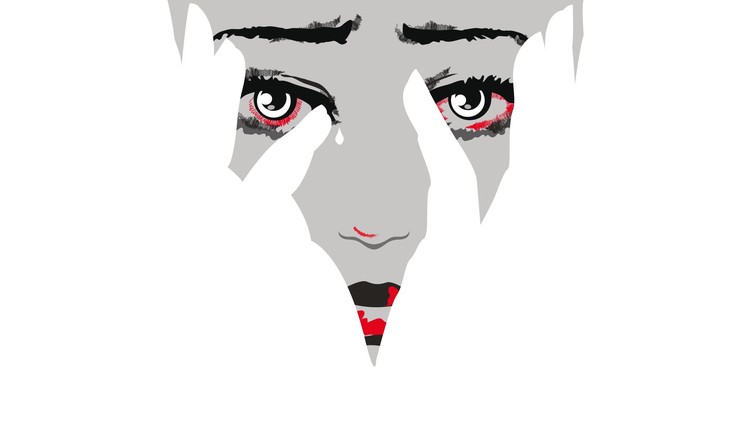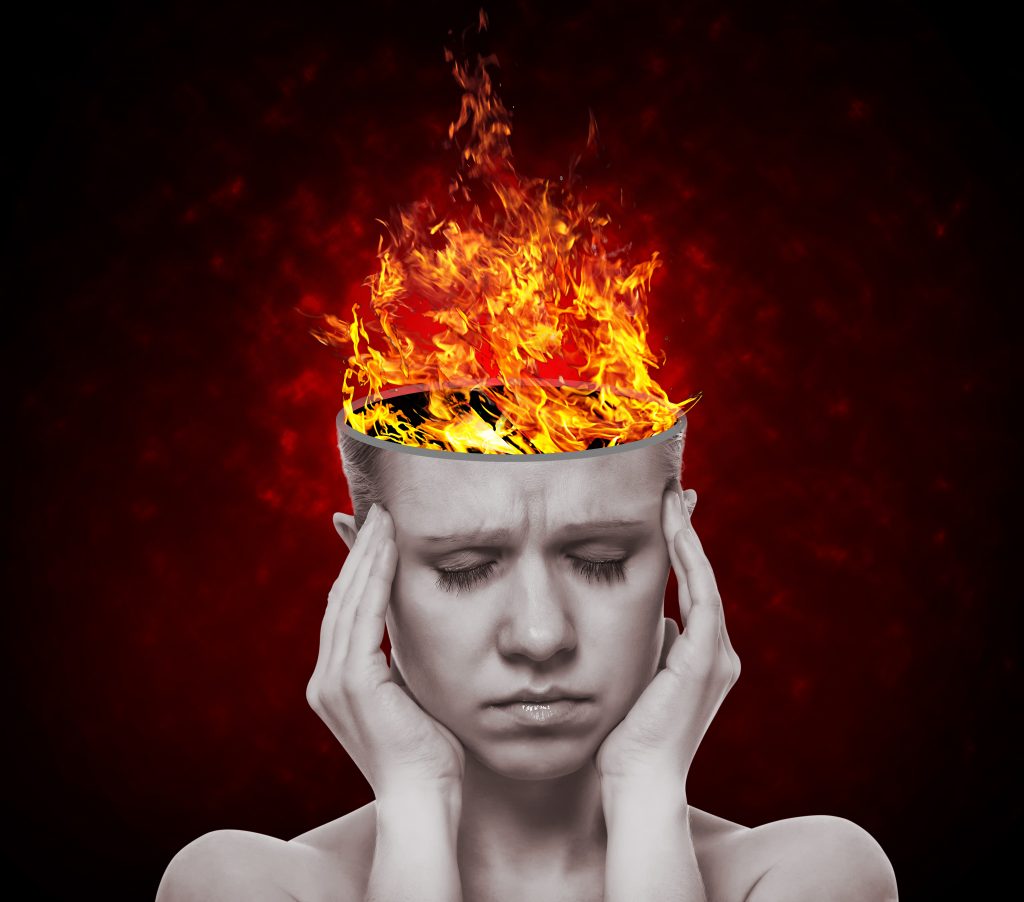“I would like to dedicate this award to all the other mad kids, to all the outsiders, the weirdos, the bullied, the ones so strange they had no choice but to be misunderstood by the world and those around them,” said Jason Mott, in his recent acceptance speech for the National Book Award.
I don’t think it is just a coincidence that it was a Black writer who made this point. Unfortunately, simply having skin color other than white is enough to make one an “outsider” of sorts in the US – and those pushed to the outside in this way may more easily develop insight into all those who are marginalized.
Those seen as mad or psychotic of course may be seriously lost and highly distressed, and this should not be forgotten. But what is seen as madness can also at times be something worth affirming, in the sense of affirming difference, and affirming resistance to oppression, a resistance to the forces that say we have to fit one mold or be dismissed as defective.
Another powerful Black voice writing about madness and oppression is that of La Marr Jurelle Bruce, whose recent book is titled “How to Go Mad Without Losing Your Mind: Madness and Black Radical Creativity.”
“Hold tight. The way to go mad without losing your mind is sometimes unruly.” So begins La Marr Jurelle Bruce’s urgent provocation and poignant meditation on madness in black radical art, How to Go Mad without Losing Your Mind: Madness and Black Radical Creativity, published in April 2021. Bruce theorizes four overlapping meanings of madness: the lived experience of an unruly mind, the psychiatric category of serious mental illness, the emotional state also known as “rage,” and any drastic deviation from psychosocial norms. With care and verve, he explores the mad in the literature of Amiri Baraka, Gayl Jones, and Ntozake Shange; in the jazz repertoires of Buddy Bolden, Sun Ra, and Charles Mingus; in the comedic performances of Richard Pryor and Dave Chappelle; in the protest music of Nina Simone, Lauryn Hill, and Kendrick Lamar, and beyond. These artists activate madness as content, form, aesthetic, strategy, philosophy, and energy in an enduring black radical tradition. Joining this tradition, Bruce mobilizes a set of interpretive practices, affective dispositions, political principles, and existential orientations that he calls “mad methodology.” Ultimately, How to Go Mad without Losing Your Mind is both a study and an act of critical, ethical, radical madness.”
You can buy “How to Go Mad without Losing Your Mind” from Word Up Community Bookshop/Librería Comunitaria here: https://www.wordupbooks.com/book/9781478010876
Or, for an eloquent introduction to the topic, watch this:



